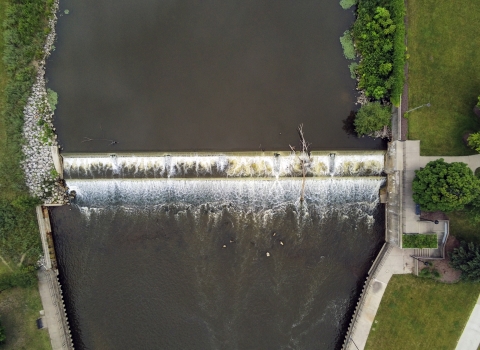The Upper Mississippi River National Wildlife and Fish Refuge is celebrating 100 years of conservation and recreation in 2024! The establishment of the refuge was largely the result of efforts by the Izaak Walton League of America, and in particular, its founder and leader, Will Dilg.
In the summer of 1923, Dilg learned of a plan to drain large areas of the river’s backwaters so he came up with an ambitious solution to the drainage scheme: turn the entire stretch of river into a federal wildlife refuge. Remarkably, one year later, due to Dilg’s determination, Congress passed the Upper Mississippi River Wild Life and Fish Refuge Act on June 7, 1924.
Nestled in the Driftless Area and bordered by steep wooded bluffs, the Mississippi River corridor and refuge offer scenic beauty unmatched in the heart if America. The beauty and recreational opportunities are the reason the refuge hosts over 3.7 million visits annually.
The 261-mile refuge is the longest river refuge in the continental United States, beginning near Wabasha, Minnesota and passing through Minnesota, Wisconsin, Iowa, and Illinois before ending near Rock Island, IL. Visitors come from near and far to see tundra swans, canvasbacks and other waterfowl, as well as bald eagles, in numbers rarely seen in other locations of the continent. Each season offers new perspectives and exceptional recreational opportunities for paddlers, anglers, wildlife watchers, photographers, hunters, and many outdoor enthusiasts.
Nearly 250,000 acres of floodplain forests, braided river channels, marshes, and prairie offer premium habitat for resident and migratory wildlife. Located in the middle of the Mississippi Flyway, the refuge is critically important for migrating waterfowl, particularly tundra swans and canvasbacks. The refuge is also an Audubon Important Bird Area, providing habitat to over 300 bird species.
\Please join us while we celebrate the 100th birthday of this national treasure! For more information contact Hallie Schulz at 608-779-2392.



